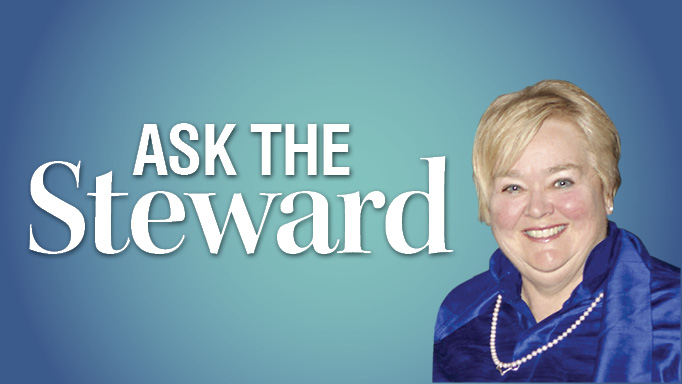Bertram Allen’s disqualification following his win in the Olympia Grand Prix in England on Dec. 21, 2015, generated considerable discussion on social media. Stewards at Olympia ruled that the 20-year-old Irish rider had violated the FEI “blood rule” when a small scratch was found on his horse’s side during his post-ride boot and bit check.
Despite the outcry following the incident through viral Facebook postings, we must understand several things:
1. The rule is not new. Although Allen’s spur drawing blood was certainly not intentional, it does clearly contravene the written FEI rule outlining disqualification caused by the horse’s bleeding. The “blood rule” states:
“Article 242: Disqualifications – 3.1 Horses bleeding on the flank(s), in the mouth or nose, or marks indicating excessive use of the whip and/or spurs on the flank(s) or horse’s back.”
2. The stewards at the boot check following the jump-off followed protocol as written.
The FEI Secretary General subsequently upheld the disqualification. However, several riders have severely and unfairly criticized stewards in social media. Stewards are trained and invested officials working within a team. They have worked very hard in recent years to dispel the label of policemen. They are trained to help, prevent and intervene; they follow the rules that guide our sport.
Proper procedures are in place to ensure rules are correct. If riders have concerns, they can request the FEI to review the “blood rule” to ensure its appropriateness.
Equine Canada also has rules that deal with blood. They vary by discipline:
1. Dressage E9.5 – Elimination from a class for “evidence of blood on the horse” (environmental causes such as insect bites shall not normally be cause for elimination)
2. Eventing D112 – Horses bleeding on the flank(s) or bleeding in the mouth, nose or marks indicating excessive use of the whip and/or spurs on the flank(s) or the horse’s back. (In minor cases of blood in the mouth, such as where a horse appears to have bitten its tongue or lip, officials may authorize the rinsing or wiping of the mouth and allow the rider to continue.)
3. Jumping FEI 242 – Disqualifications-3.1: Horses bleeding on the flank(s), in the mouth or nose, or marks indicating excessive use of the whip and/or spurs on the flank(s) or horse’s back.
Equine Canada also has some rule changes and additions for 2016:
• Stewards are now required at bronze shows, except those competitions with Technical Delegates and those exceptions listed in discipline-specific rules (Dressage)
• Prize money for bronze competitions is capped at $5,000, an increase from $2,500.
• Horses are not allowed shockwave therapy within 96 hours of competing (see A517.k for details)
• The veterinarian must be licensed to practice in the province/territory in which the competition is being held, or in the home province/territory of the horse that is in competition, and owner of, or employed by, a practice that is approved by its province/territory to participate in equine practice.
The 2016 rule books are ready to download at fei.org under “Rules” and on the EC website (equinecanada.ca). I suggest that everyone has a look at their discipline in the “markup version” or “changes visible” versions, where changes are shown in red and therefore it is easy to note any revisions for the new year that may impact you.

